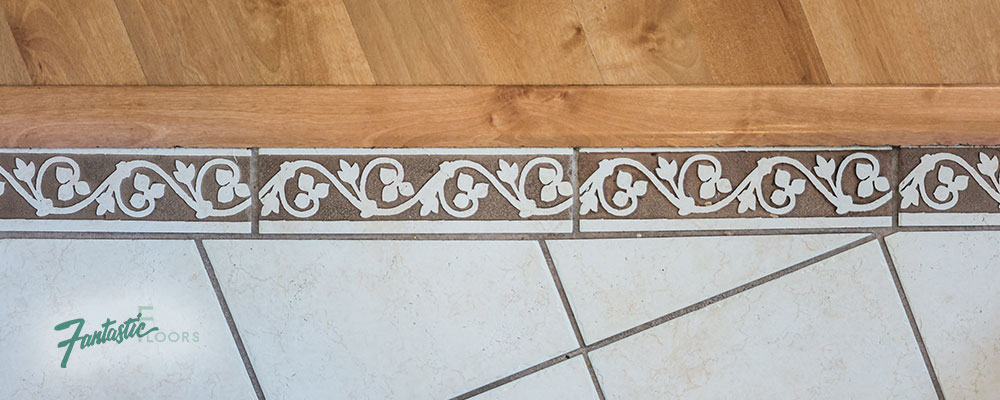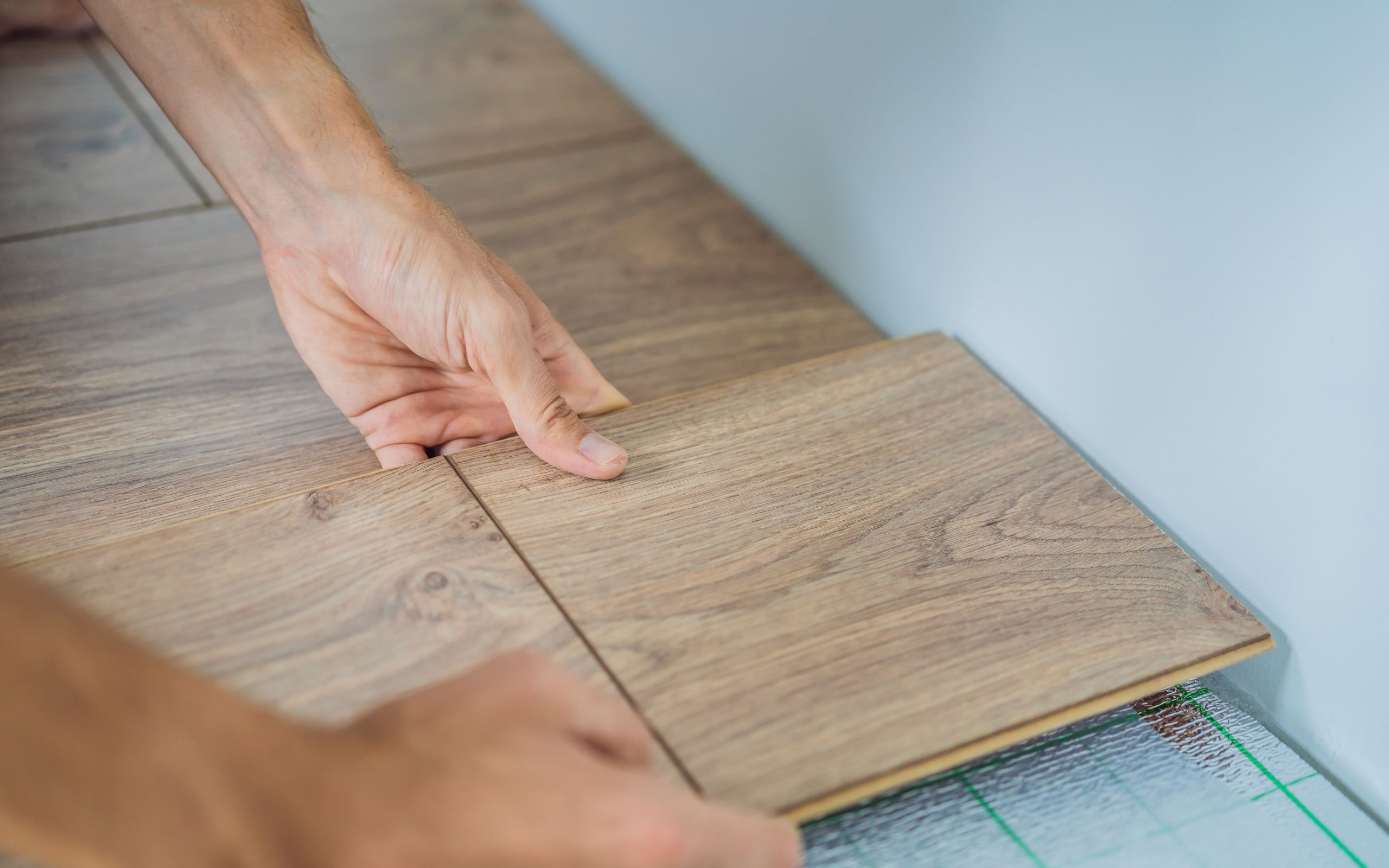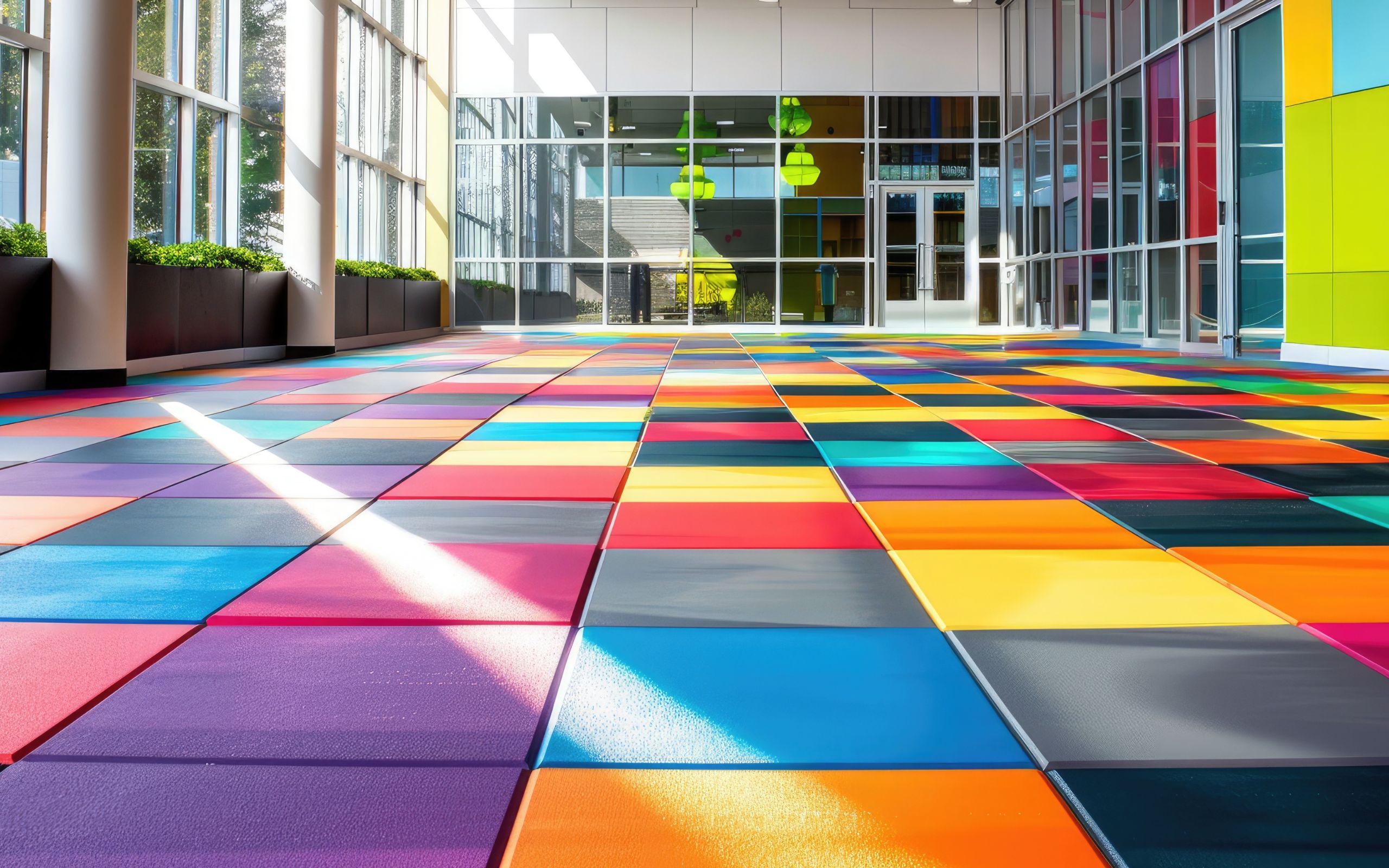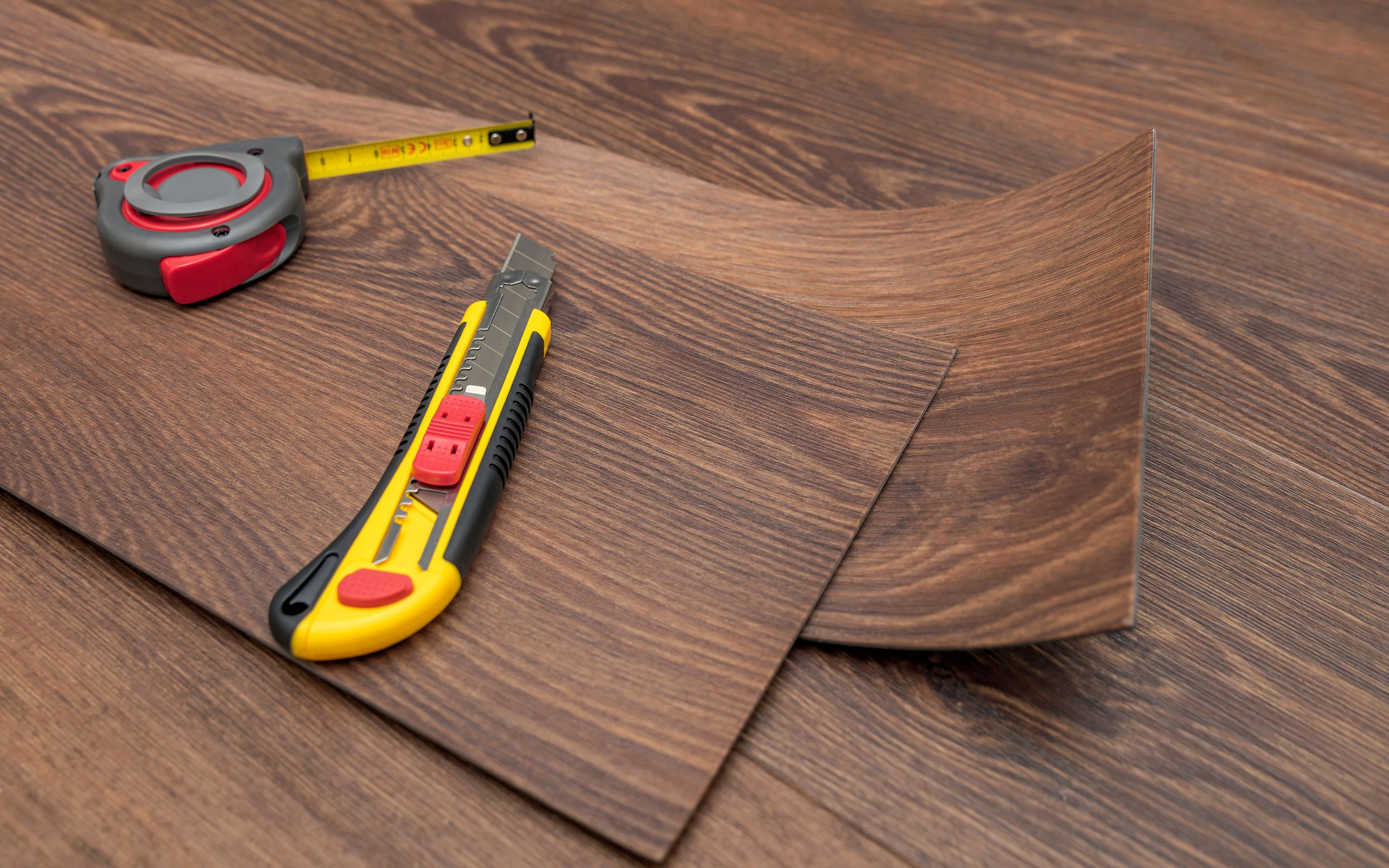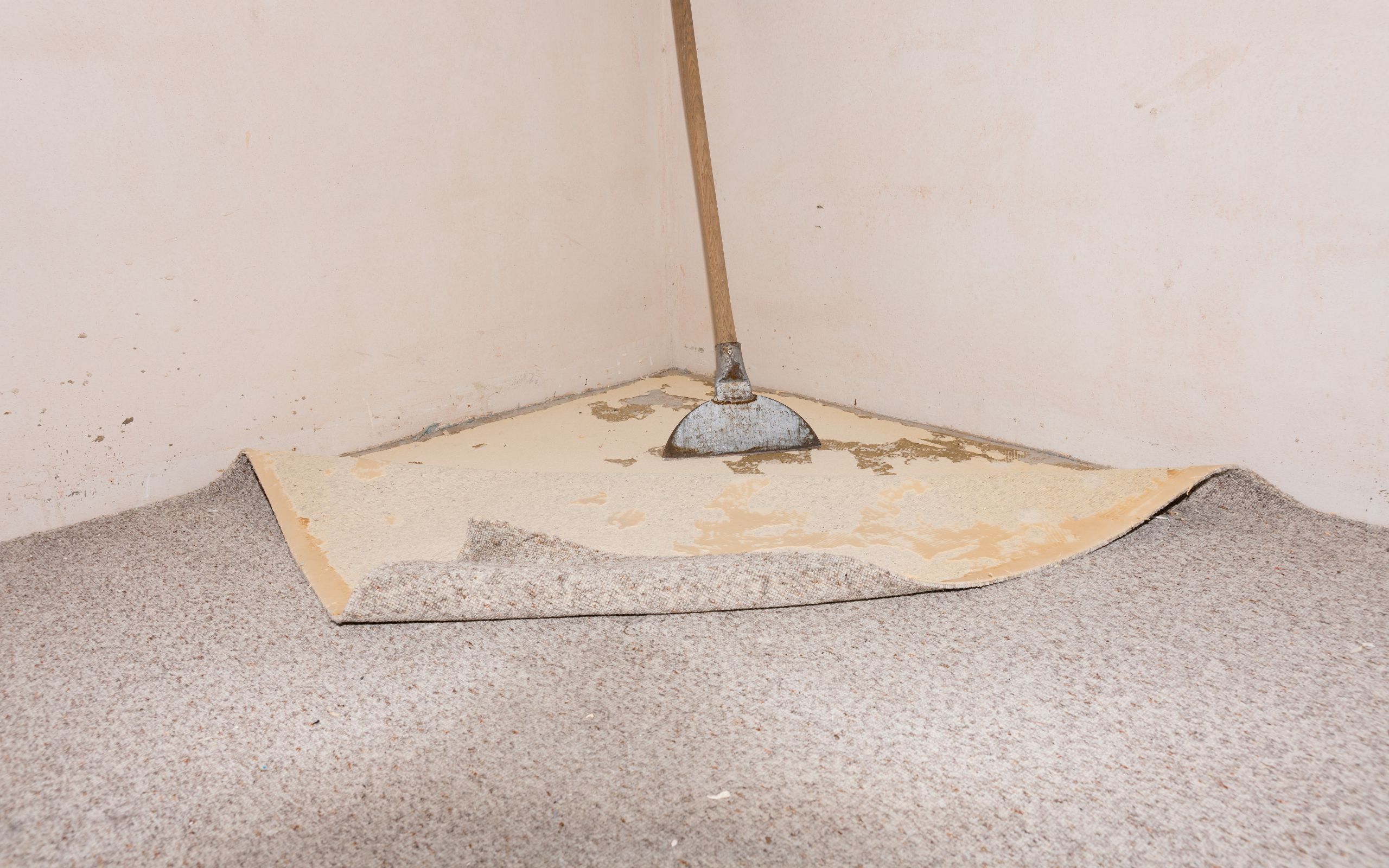Fantastic Floors
In a perfect world, your flooring would be seamless from room to room. Your hardwood would flow continuously from living room to bedroom to kitchen to bathroom.
In the real world of remodeled homes, you cannot help but transition from one flooring type to another, because different rooms need different types of flooring. For example, the Brazilian Cherry works great in the living room, but you must transition to porcelain in the bathroom due to moisture issues.
Seams Between the Same Material
If you are transitioning from one type of flooring to the same type (i.e., ceramic to ceramic), you probably do not need a transition at all; you may be able to butt one floor against the other.
Even so, seams are often incorporated between rooms of "like" materials to provide for expansion and contraction. Thus, a transition strip would be needed in these cases.
Seams Between Different Materials
If you are dealing with two different types of floor coverings, a transition strip is required.
- Greater visibility: Most homeowners think they want invisible transitions. But visible transitions are safer because the person walking toward them can see and anticipate the change in elevation better.
- Materials: Transitions are not just those "clacky" aluminum strips anymore. You can purchase genuine hardwood transitions, even if the floors you are connecting are not wood. For laminate flooring, you can purchase transitions that look just like your laminate.
1. Carpet to Ceramic Tile
- What it is: Transition strip that joins low-pile carpet to the ceramic tile floor.
- Details: First, an aluminum strip (which will not be visible) is laid down. Upward protruding spikes grip the carpet. On the other side, the ceramic tile butts up against this aluminum track but does not attach to it. Finally, a vinyl transition strip is snapped into the track, bridging both floors.
2. 4-In-1 Transition Strip
- What it is: The "Swiss Army Knife" of transition strips, the multi-floor, 4-in-1 strip has interchangeable parts that work for different types of floors.
- Details: Multi-floor transition strips aim to please everybody. In one product, you get four different types of transitions. They transition from like level to like level, as well as different levels.
This is accomplished by supplying you with several molding parts that you use or leave out, as needed.
The problem is that you pay for unneeded materials. And with costs of multi-floor transitions running about twice the cost of dedicated transitions, you pay for all of those parts.
You will often find multi-floor transitions in smaller hardware or department stores, places that have little shelf space to carry many kinds of transitions.
3. Between Hard Surfaces
- What it is: T-shaped transition strip that connects any like-height hard surfaces.
- Details: T-shaped strips will work between any two hard surfaces (stone, ceramic, wood, laminate, etc.), where both are the same height.
The strip inserts in very narrow seams between floor coverings. The top "reveal" area lies low—closer to the floor coverings than any other type of transition strip.
The issue with this type of T-shaped strip is that being aluminum, it aesthetically matches neither of the two floors being connected.
4. Tile to Laminate
- What it is: Transition strip that connects the laminate floor to tile floor, with the appearance of the strip matching the laminate.
- Details: Ceramic tile tends to be higher than laminate. Both rest on underlayments, but tile has the addition of thin-set mortar, which raises it beyond laminate flooring.
With the model shown here, a gap must be left between the two floors for installation of the base track. Then, the visible, "finish" part of the transition strip is snapped into place.
5. Between Wood Floor
- What it is: Called seam binders, these wide (about 5 inches) transition strips are flat and bridge two wood floors of equal heights.
- Details: The screws drill in between the two-floor coverings so that the seam binder will be loose and not attached to the floor coverings—allowing expansion and contraction.
6. Vinyl to Tile
- What it is: A strip that aesthetically matches your vinyl flooring, which transitioning upward to the ceramic floor.
- Details: Much like the tile-to-laminate strip, this one reduces from a higher (tile) covering to a lower (vinyl) covering. In almost every case, vinyl will be lower than laminate.
7. Carpet Edge Gripper (Aluminum)
- What it is: Carpet grippers hold the edge of the carpet with sharp metal teeth. They transition to any surface that is below the carpet.
- Details: Another type of transition strip for carpet is the edge gripper. The gripper is tacked to the subfloor, and then the edge of the wall-to-wall carpet is forced into the gripper section.
Source: thespruce
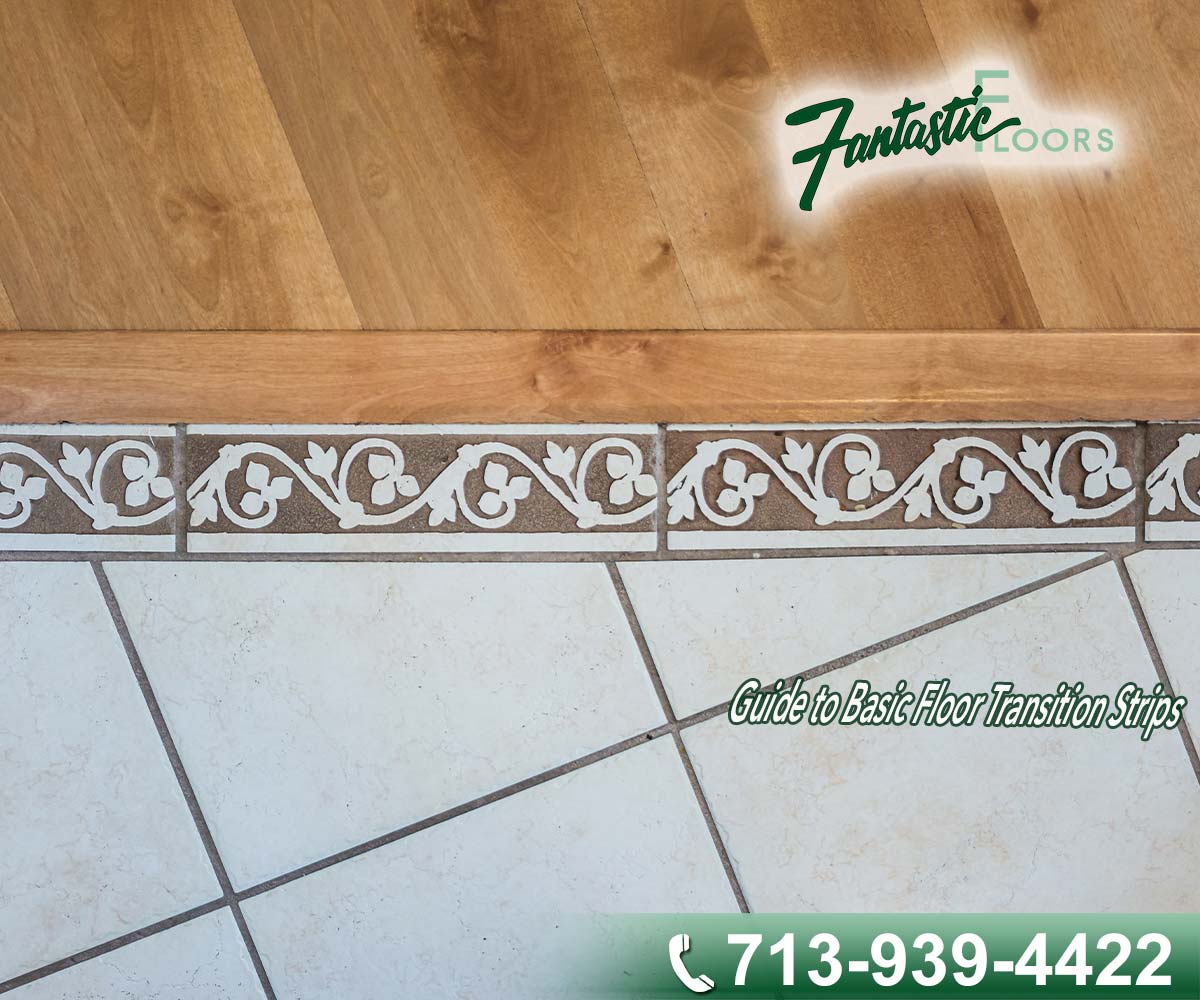
About Fantastic Floors, Inc. We are a successful company with more than 25 years of experience in the market, we have the infrastructure, high quality equipment, materials and supplies to achieve and exceed the expectations of our customers, allowing us to gain the confidence and loyalty for our services.
We have more than 500 residential, 300 properties and 25 commercial customers totally satisfied with our services.
Fantastic Floors.
Fantastic Floors, Best Carpet Installers in Houston, Best Floor Installers in Houston, A/C Duct Cleaning in Houston, Best Carpet Cleaning in Houston, Best Carpet Installation in Houston, Best Carpet Shampoo in Houston, Best Floor Installation in Houston, Carpet Cleaning Companies in Houston, Carpet Cleaning in Houston, Carpet Installation in Houston, Carpet Sale in Houston, Ceramic Tile Sale in Houston, Commercial Carpet in Houston, Commercial Flooring in Houston, Emergency Water Damage in Houston, Floor Installation in Houston, Flooring in Houston, Flooring Companies in Houston, Hardwood Floor Installation in Houston, Professional Carpet Installation in Houston, Professional Floor Installation in Houston
